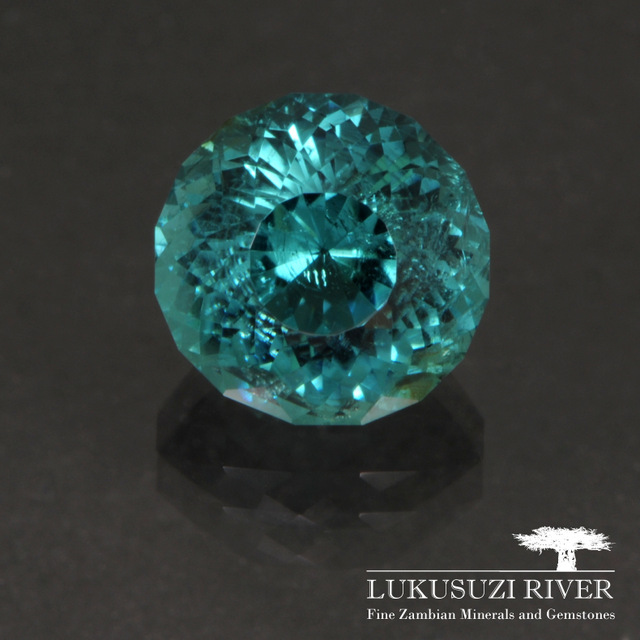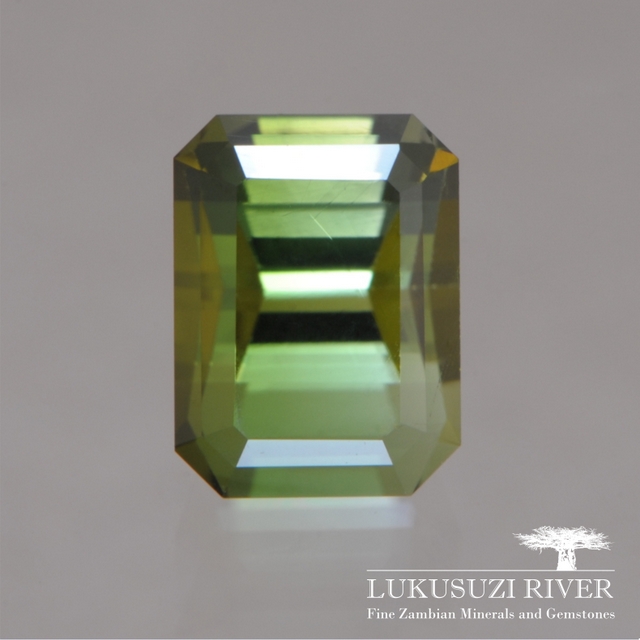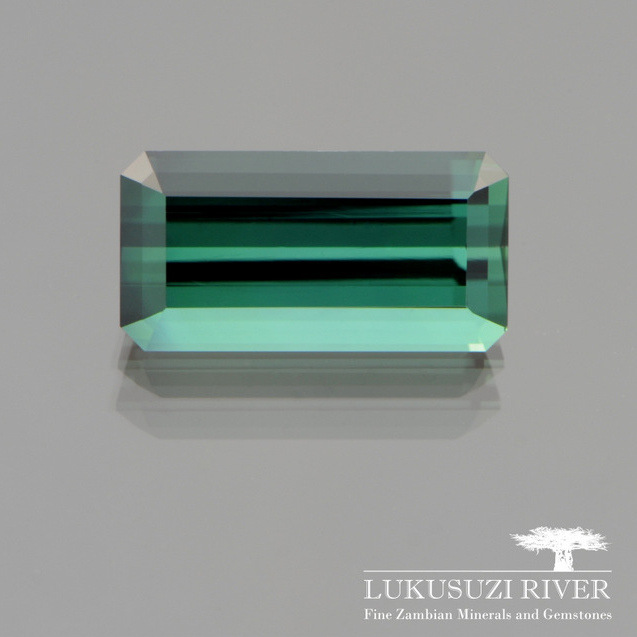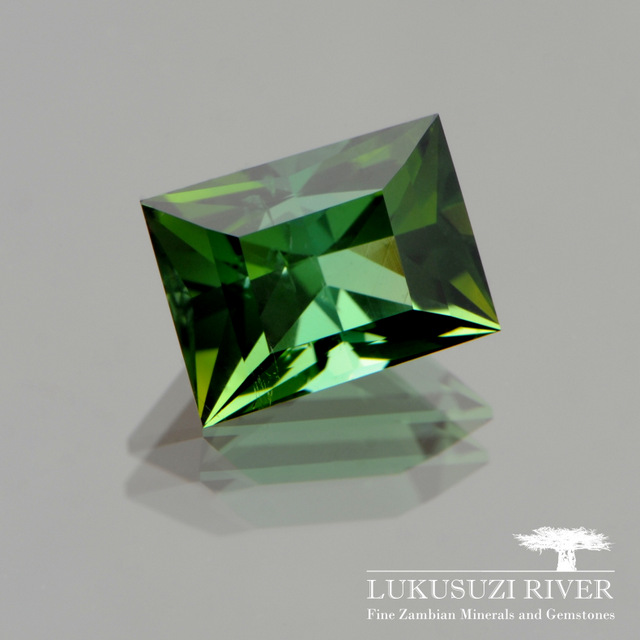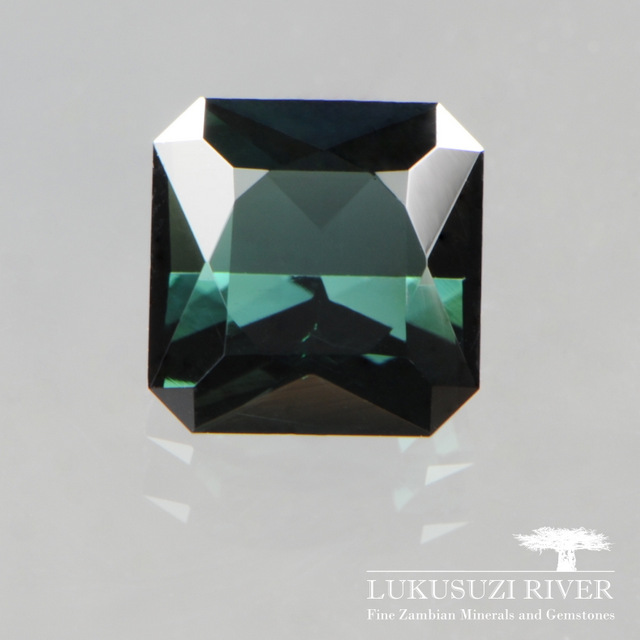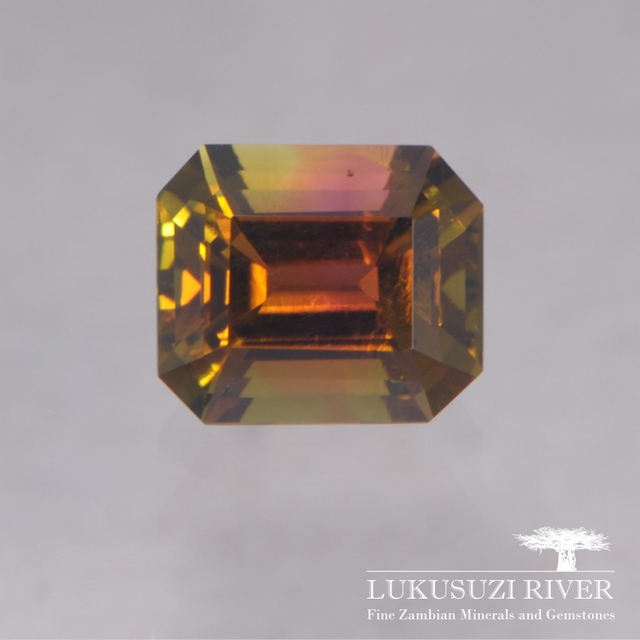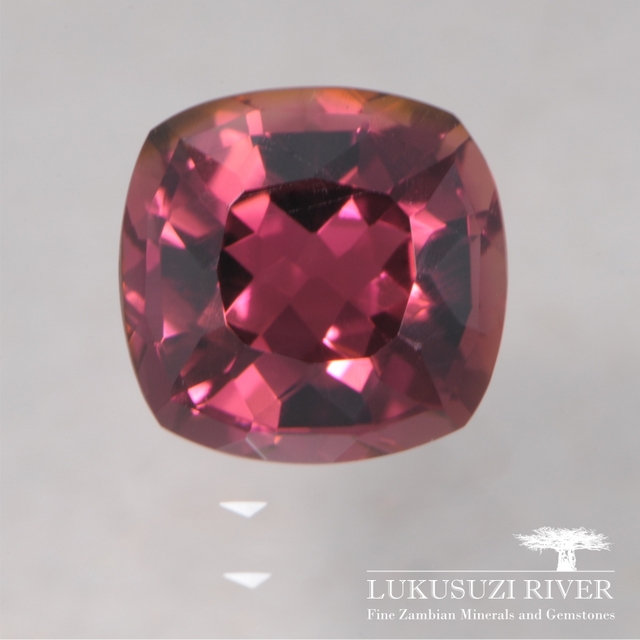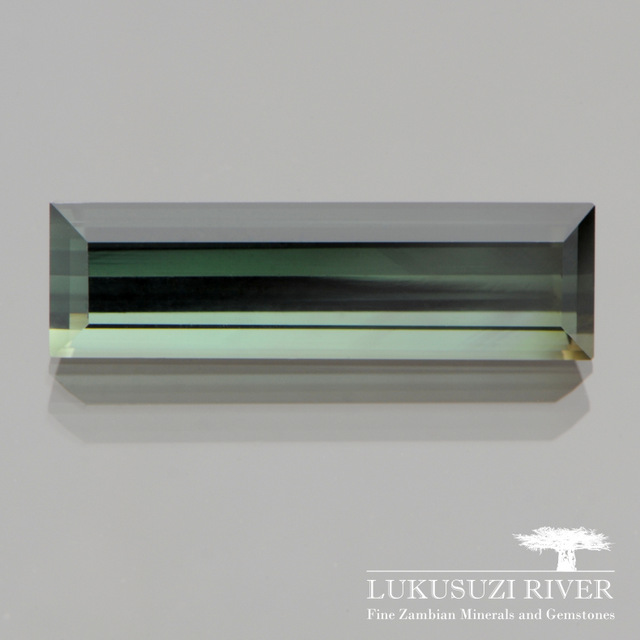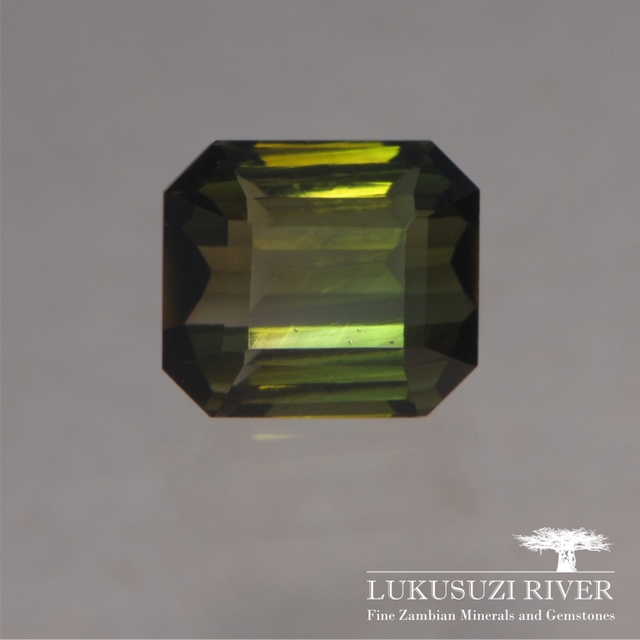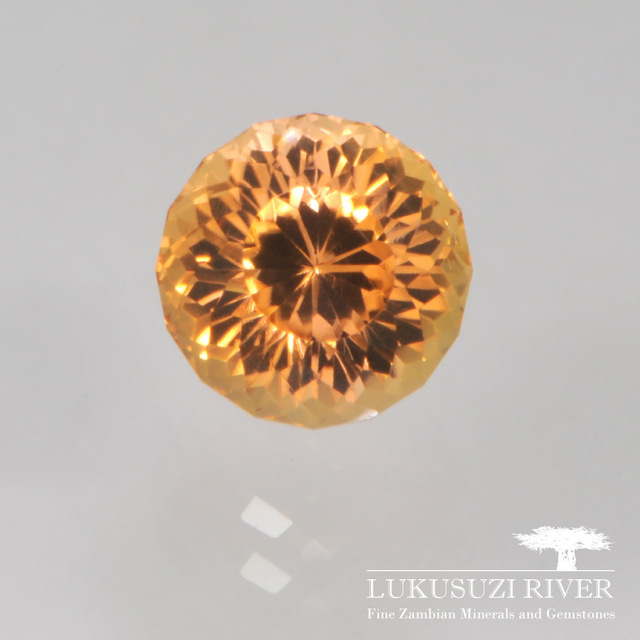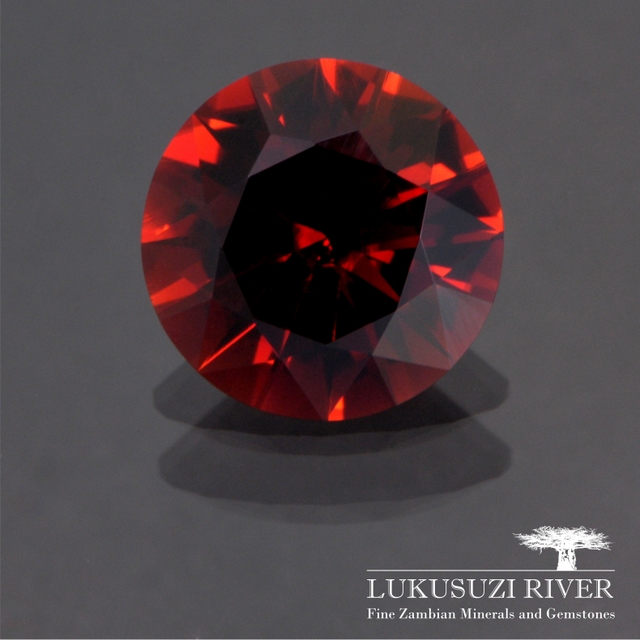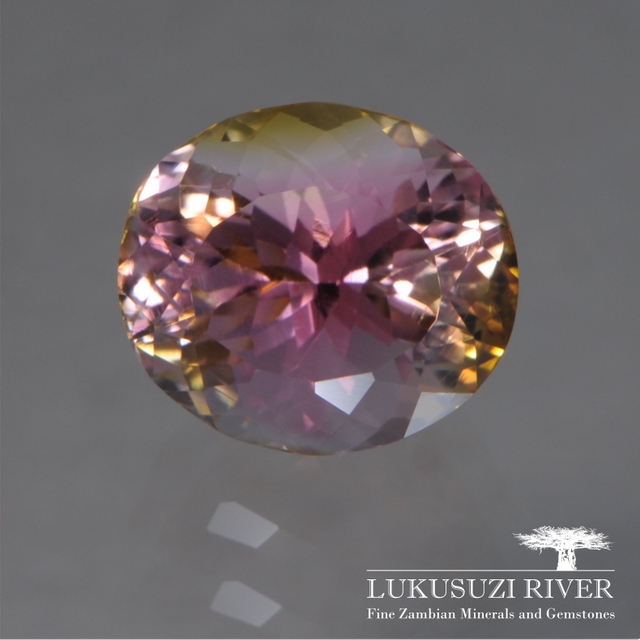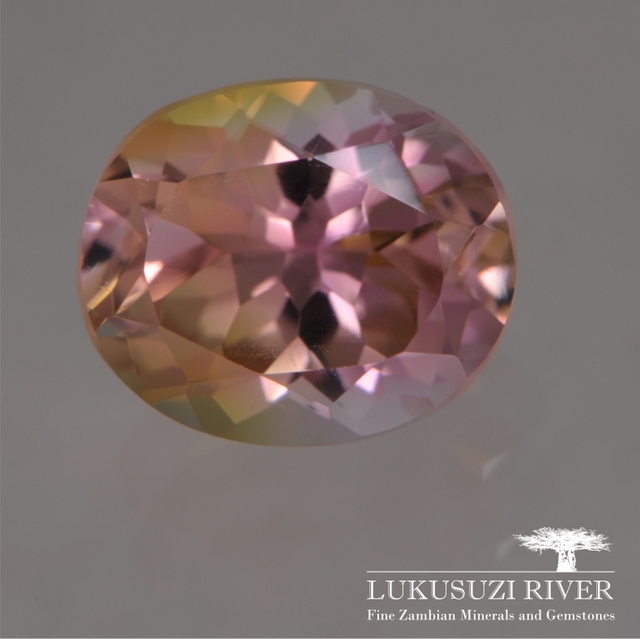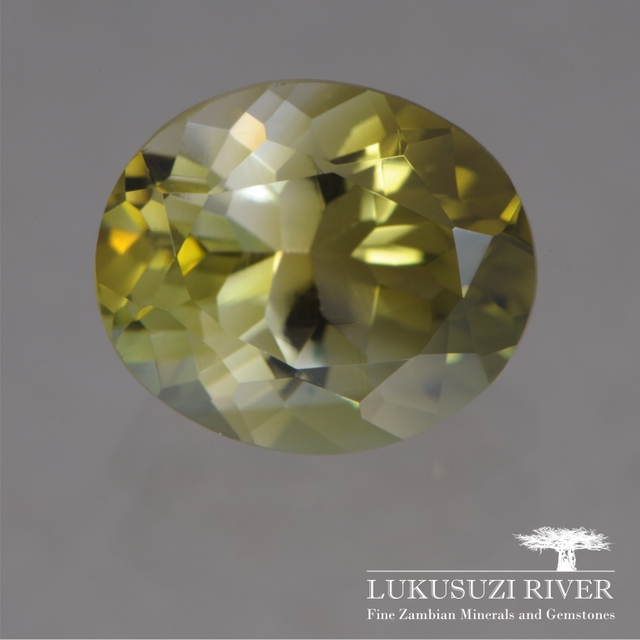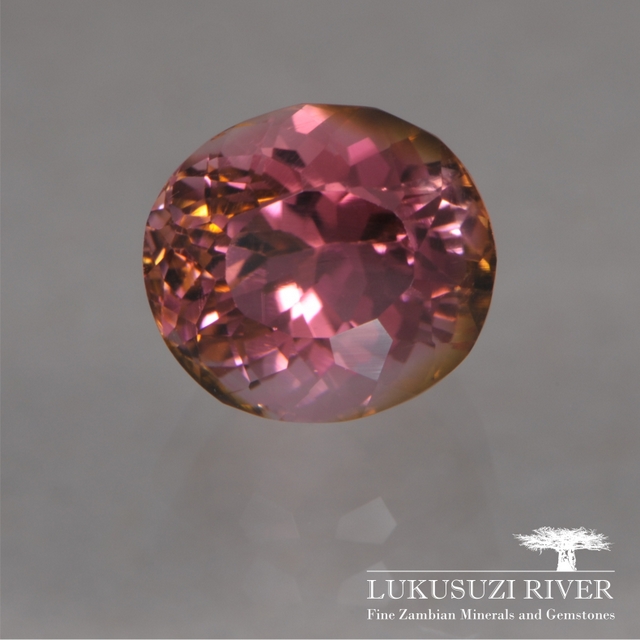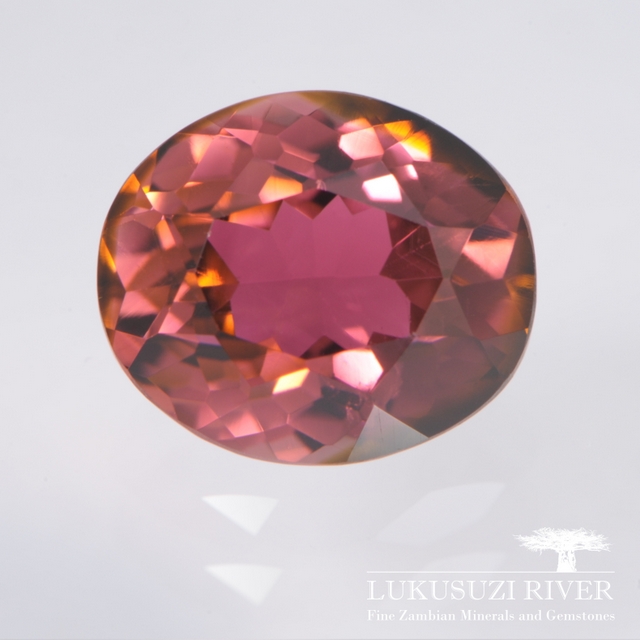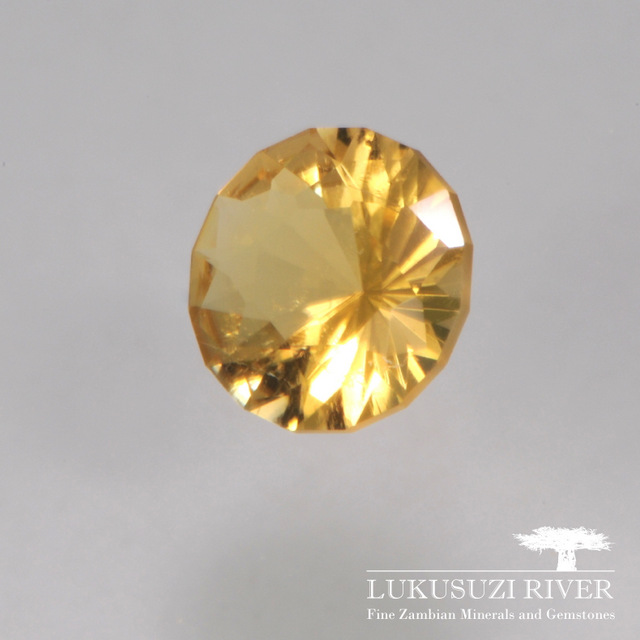Tourmalines form an exceptionally diverse group of minerals, occurring in almost all imaginable colours. There are currently 14 different tourmaline minerals, which all have an identical basic structure and a varying chemical composition forming mixed crystals between them. The most common tourmaline minerals are elbaite, which is widely known as a gemstone. It comes in pink or green, rarely in yellow or blue. Another common tourmaline is schorl, which is black and intransparent because of its high content of iron, and therefore, only rarely used as a gemstone. Upon request we are able to determine the exact composition of our tourmalines by applying a spezialised chemical analysis technique.
Zambia hosts some unique occurrences of tourmaline, of which some were described in literature, e.g., the multicolour tourmalines from Lundazi and the yellow "Canary" tourmaline. In the past the Jagoda Mine (Mkushi) and the Hofmeyr Mine (Nyimba) yielded first class tourmaline both in therms of quality and size. More recently, new mines are being opened or re-opened, such as a discovery of bright blue elbaite in Malawi with some stones looking like aquamarine rather than tourmaline. Another recent discovery in the Mkushi area yielded beautiful blue-green stones.
Click pictures for details. Contact us for prices: This email address is being protected from spambots. You need JavaScript enabled to view it.
5.89ct; SI
Malawi
sold
2.48ct; VS
Katoloma, Zambia
3.45 ct; IF
Mkushi, Zambia
3.46ct; VS
Mkushi, Zambia
2.09ct; IF
Mkushi, Zambia
2.38; VS
Katoloma, Zambia
sold
5.44ct; IF
Katoloma, Zambia
4.41ct; SI
Mkushi, Zambia
3.54ct; VS
Katoloma, Zambia
3.54ct; VS-IF
Katoloma, Zambia
3.37ct; SI
Nyimba, Zambia
sold
4.78ct; IF
Katoloma, Zambia
sold
3.86ct; IF
Katoloma, Zambia
sold
5.28ct; IF
Katoloma, Zambia
sold
7.43ct; IF
Katoloma, Zambia
sold
6.14ct; IF
Katoloma, Zambia
sold
1.57ct; SI
Katoloma, Zambia
sold


